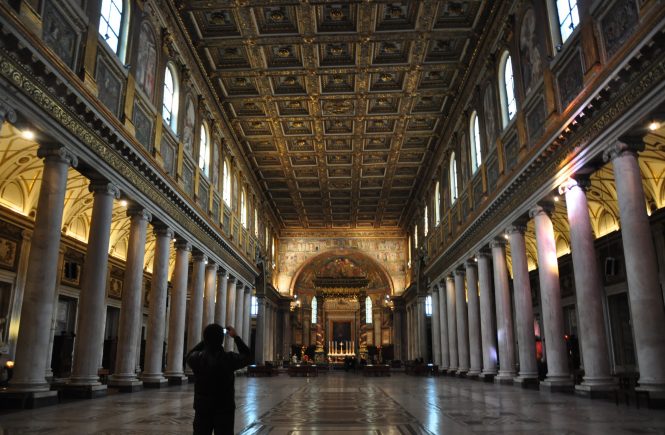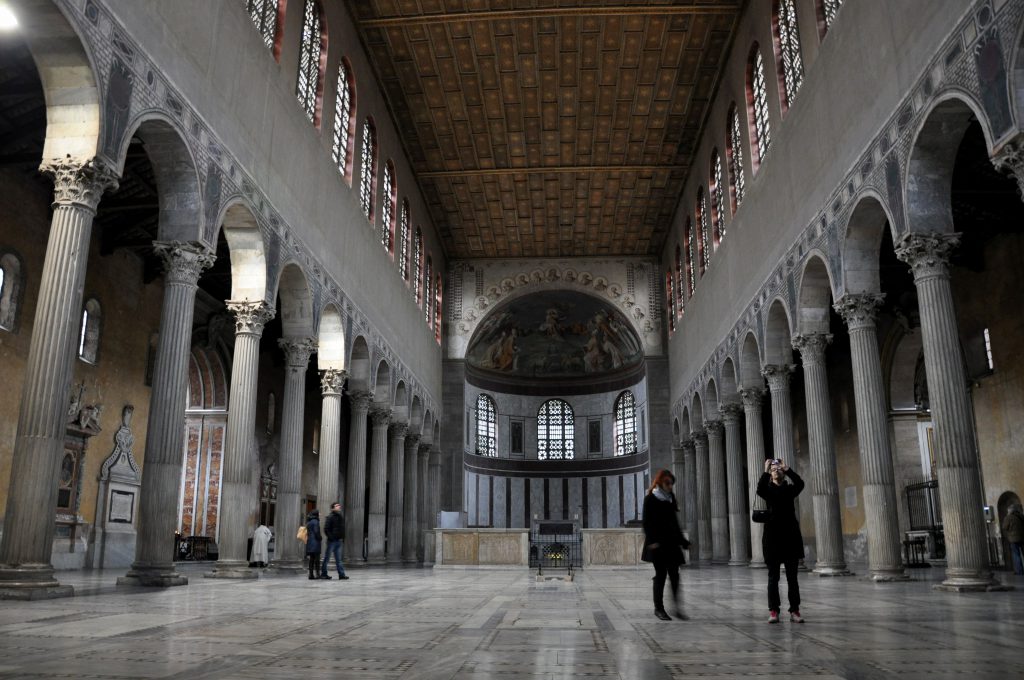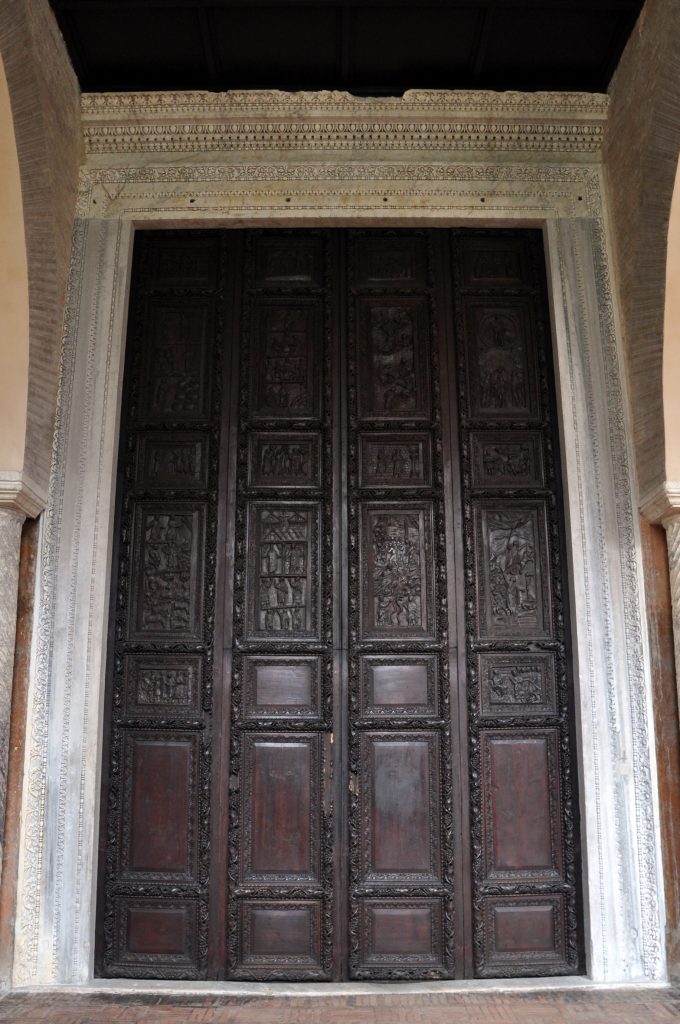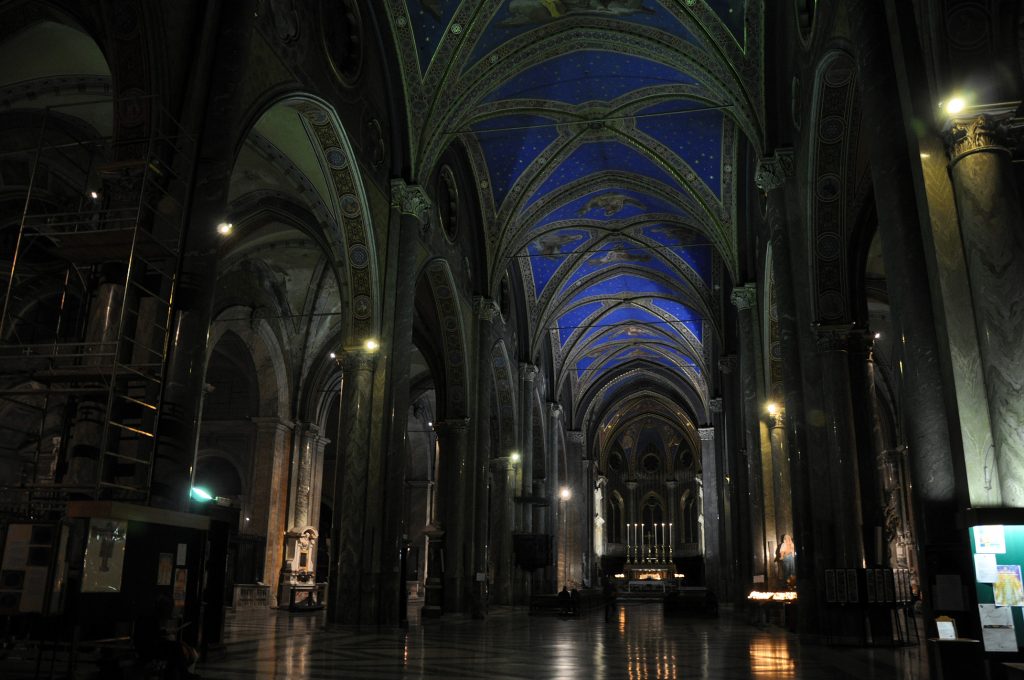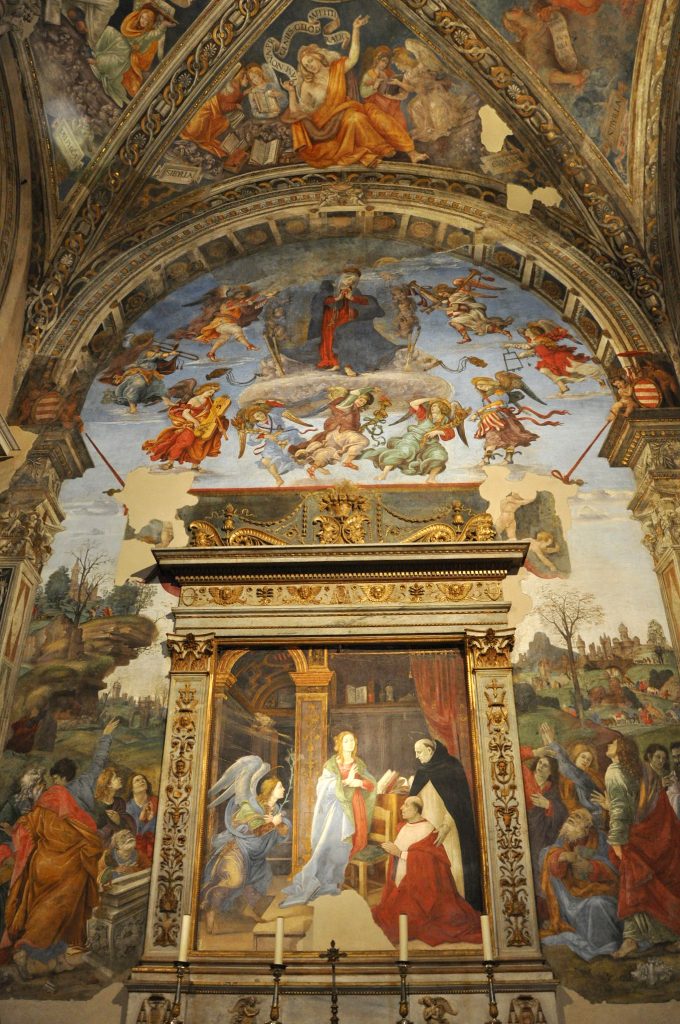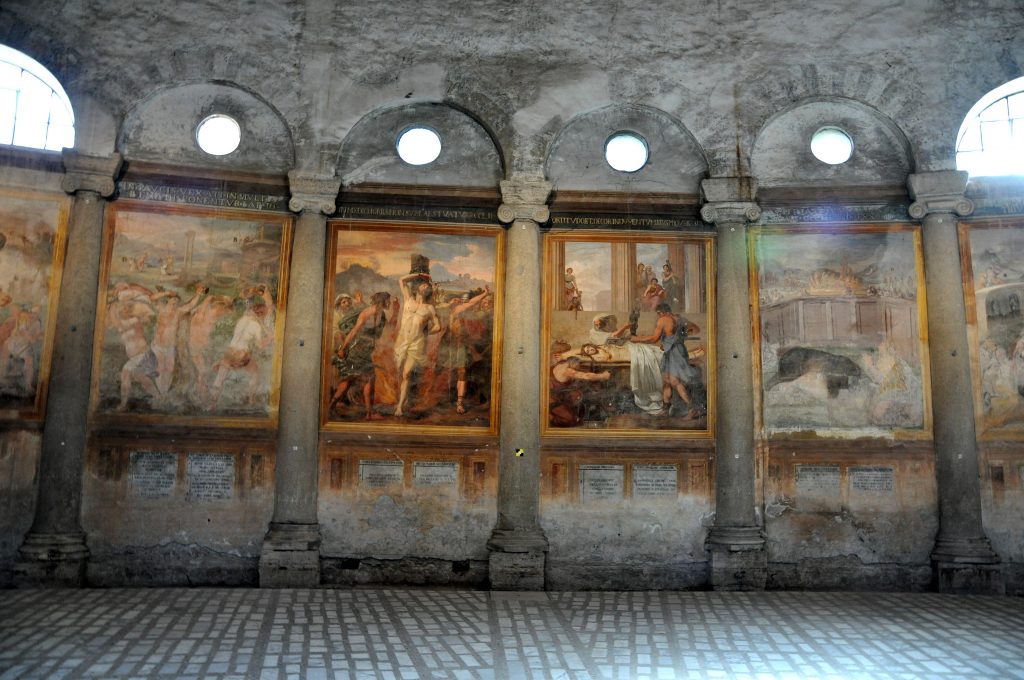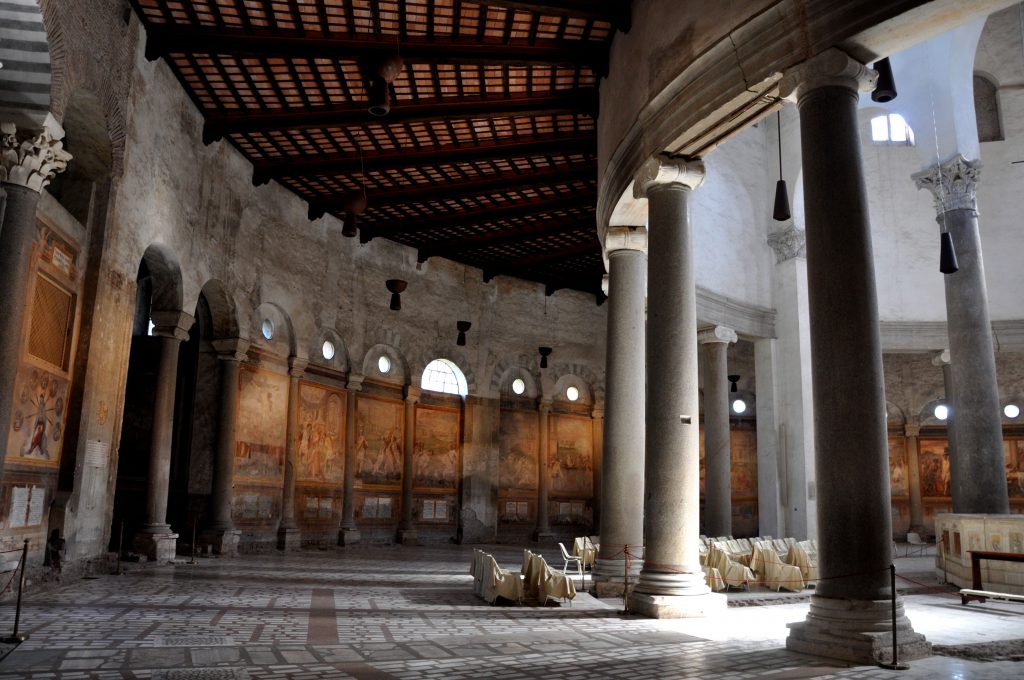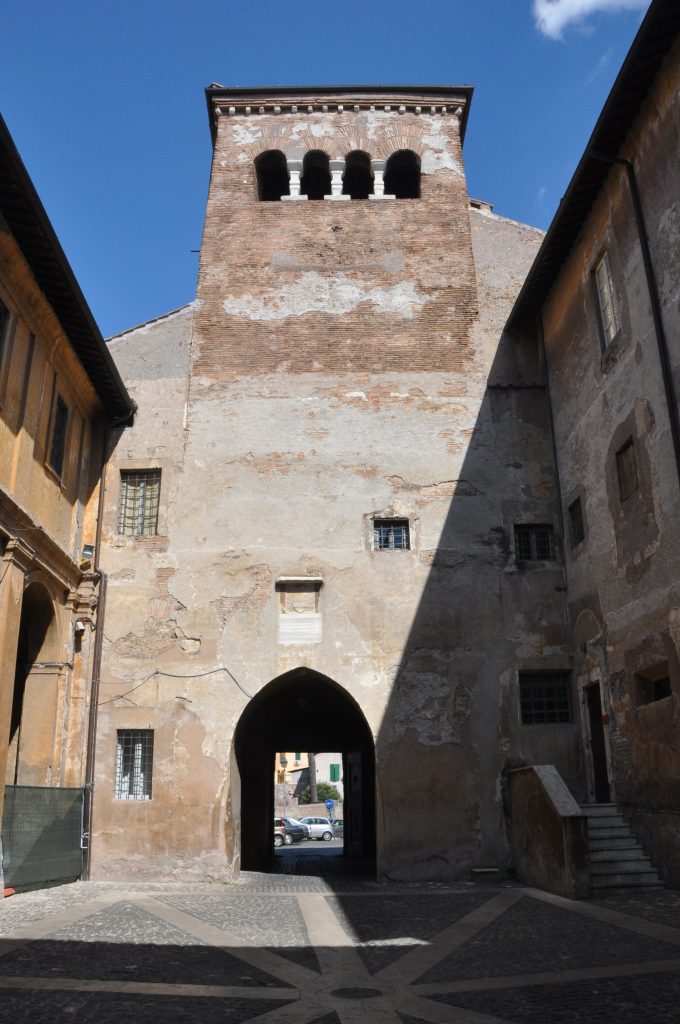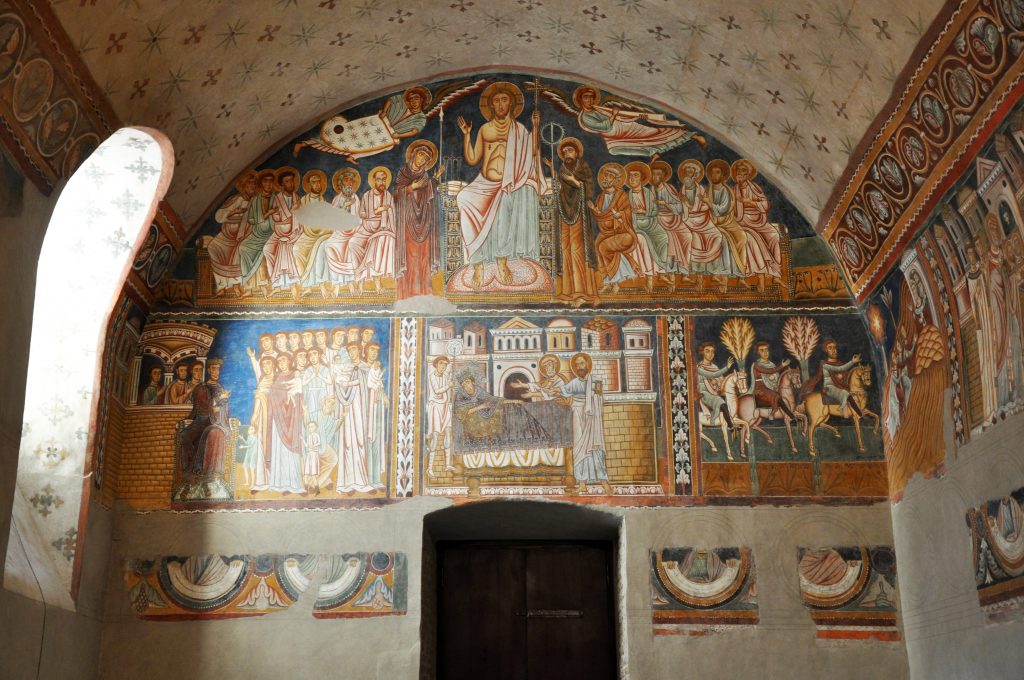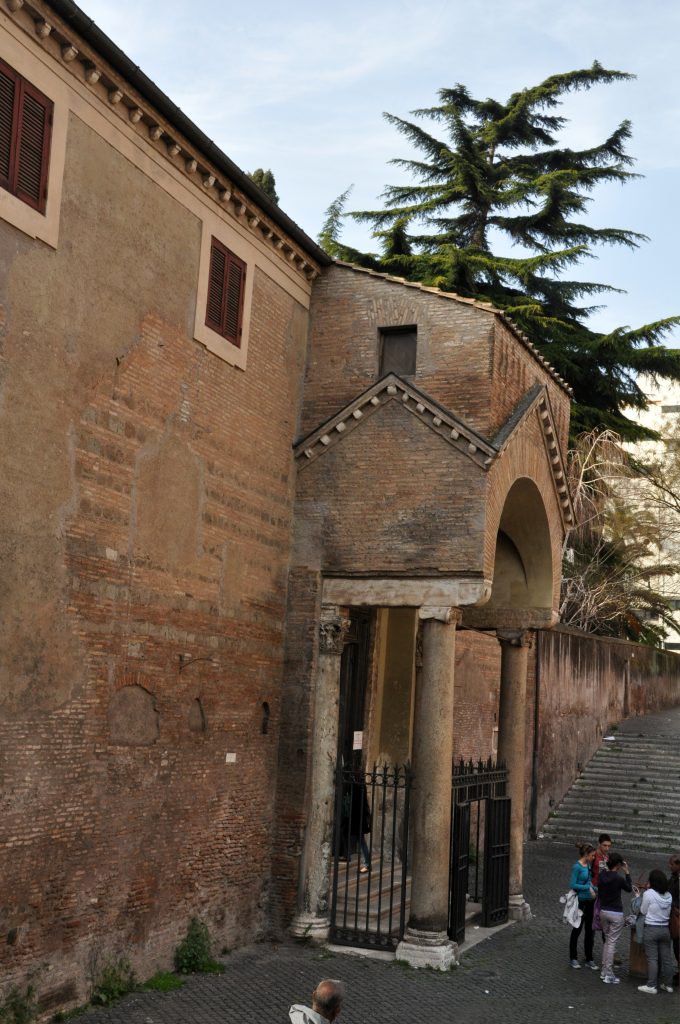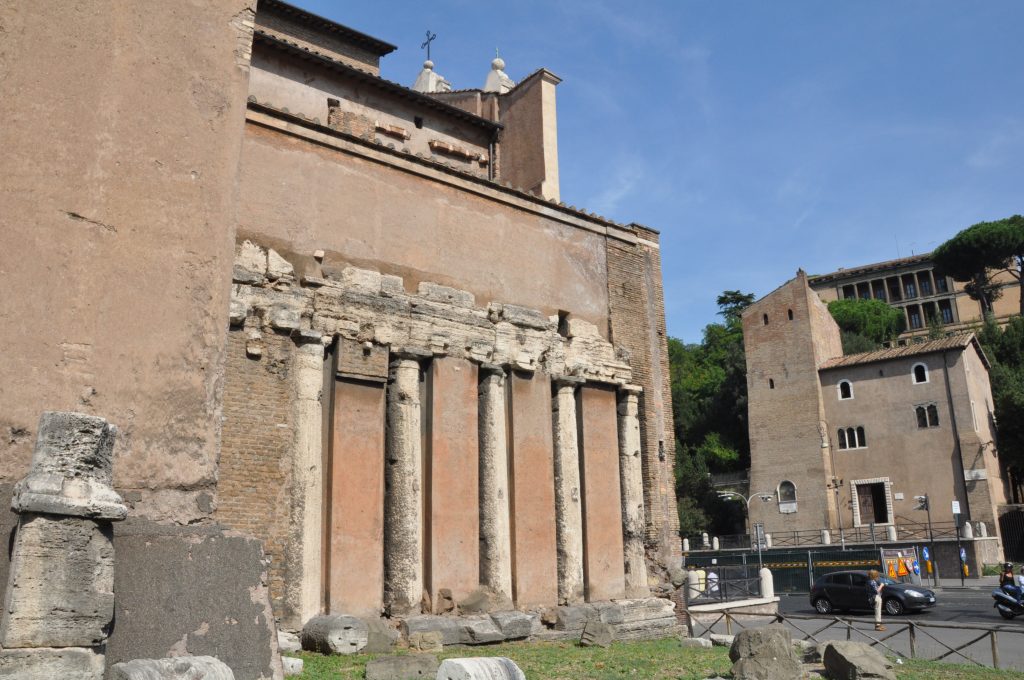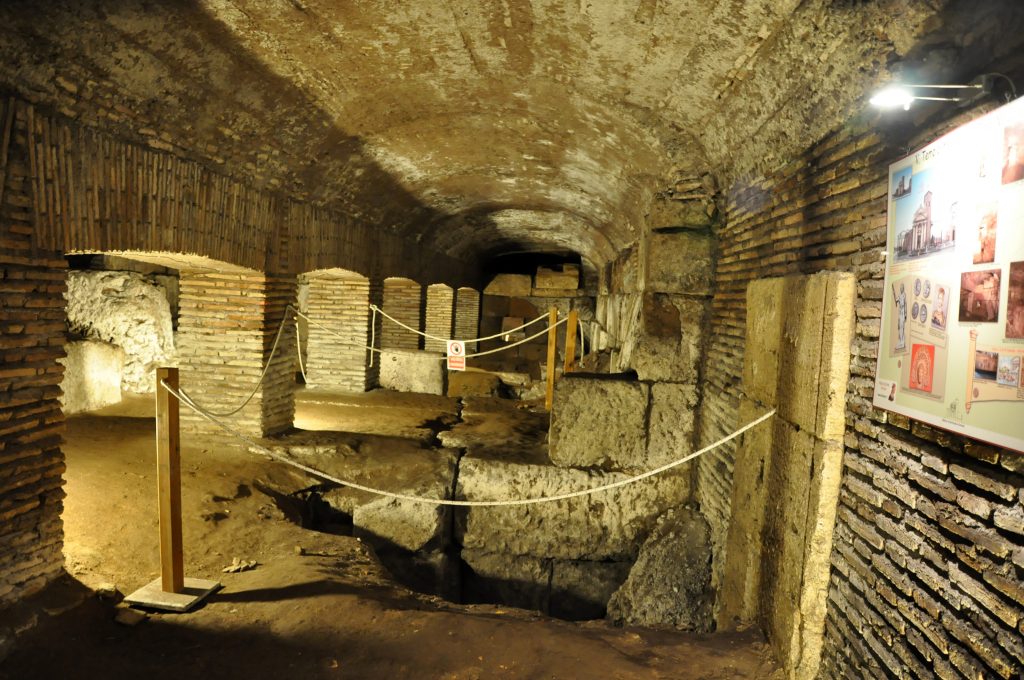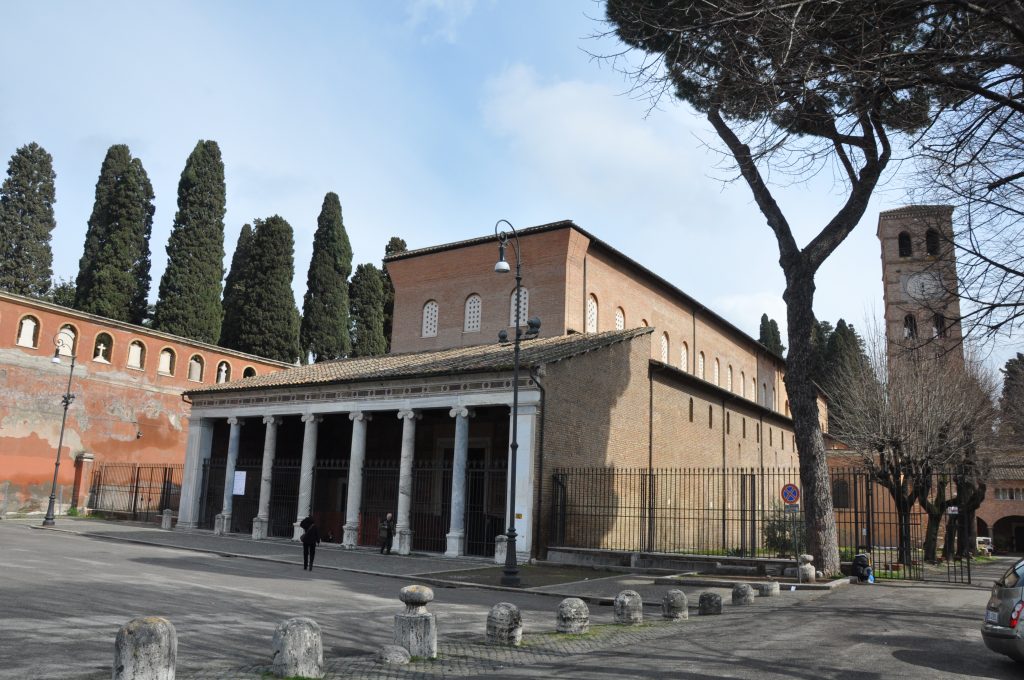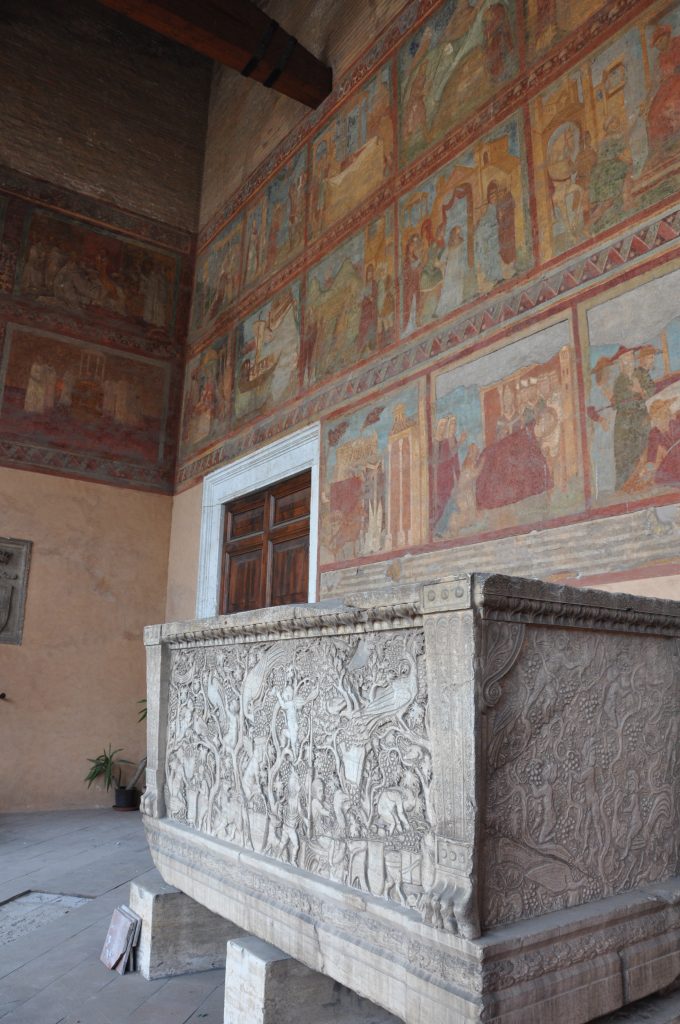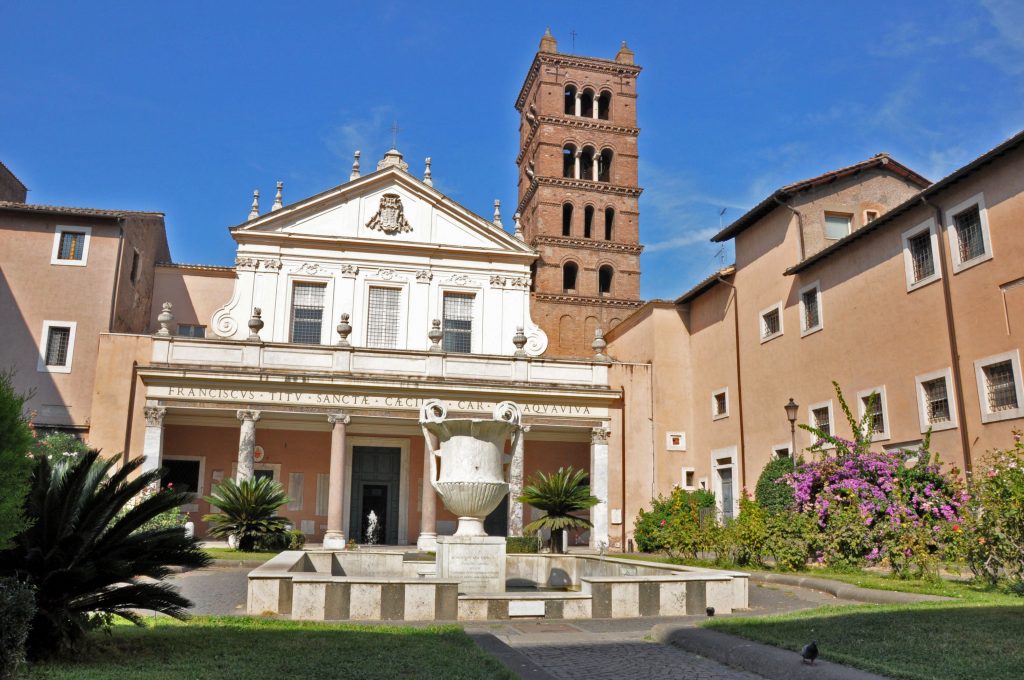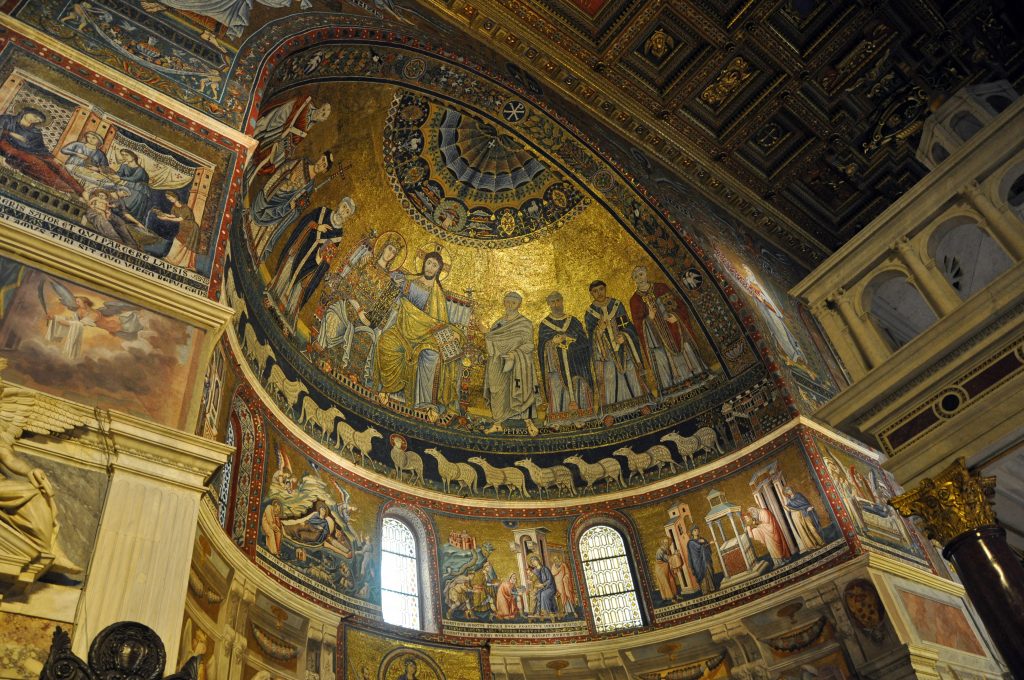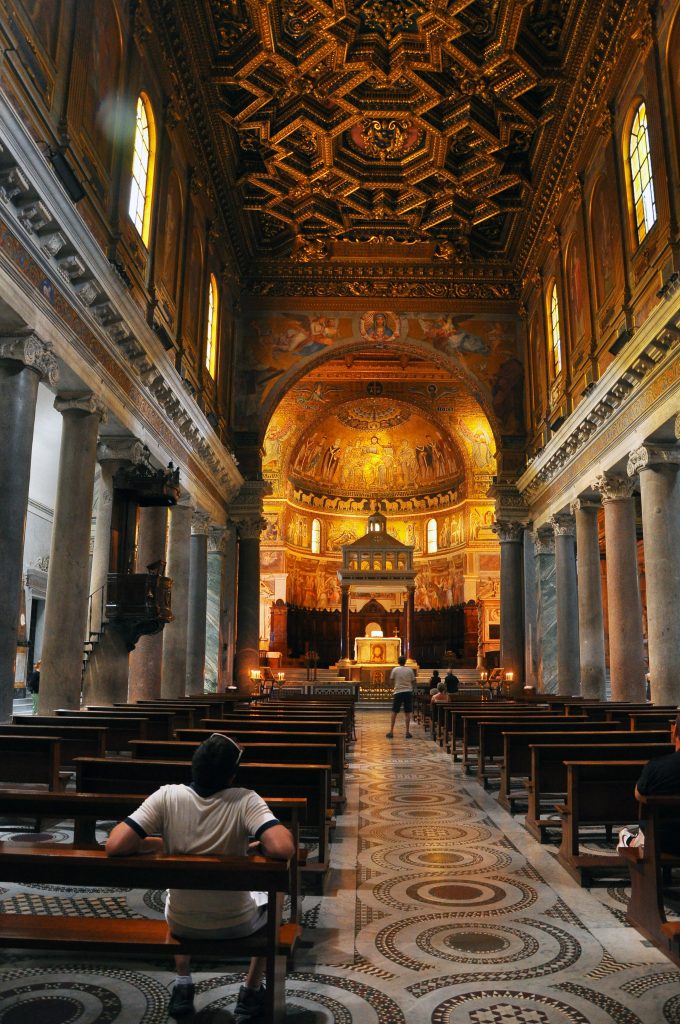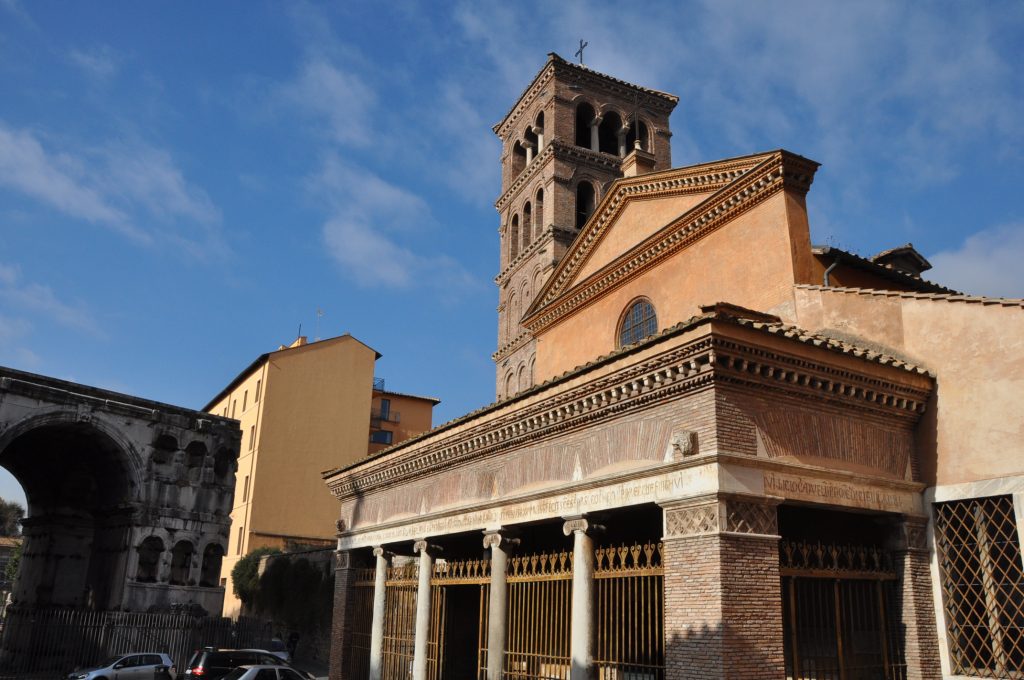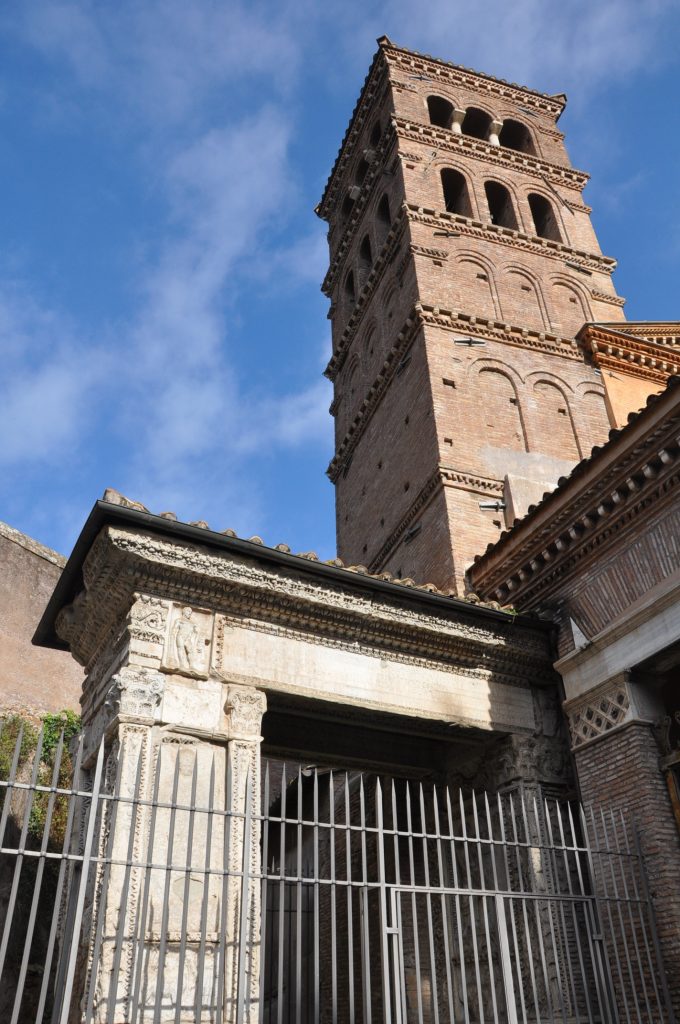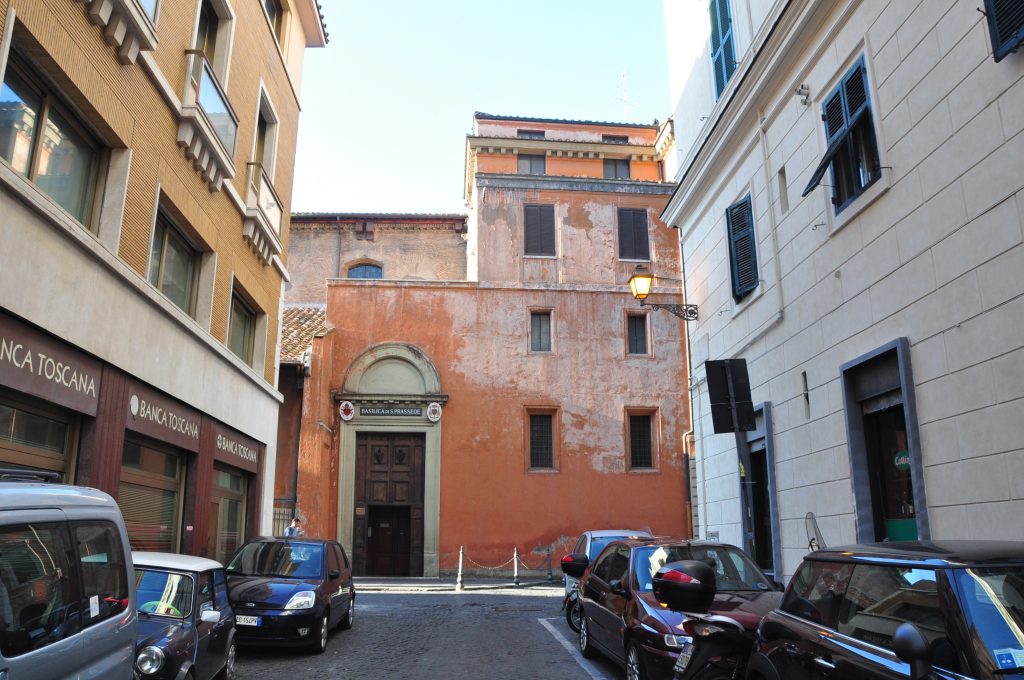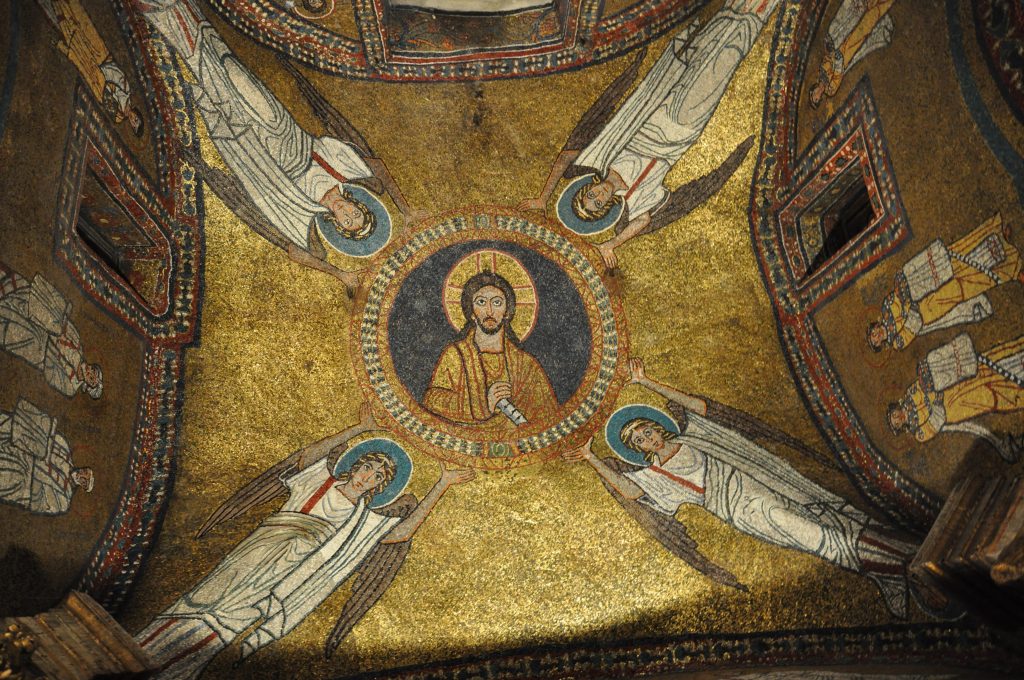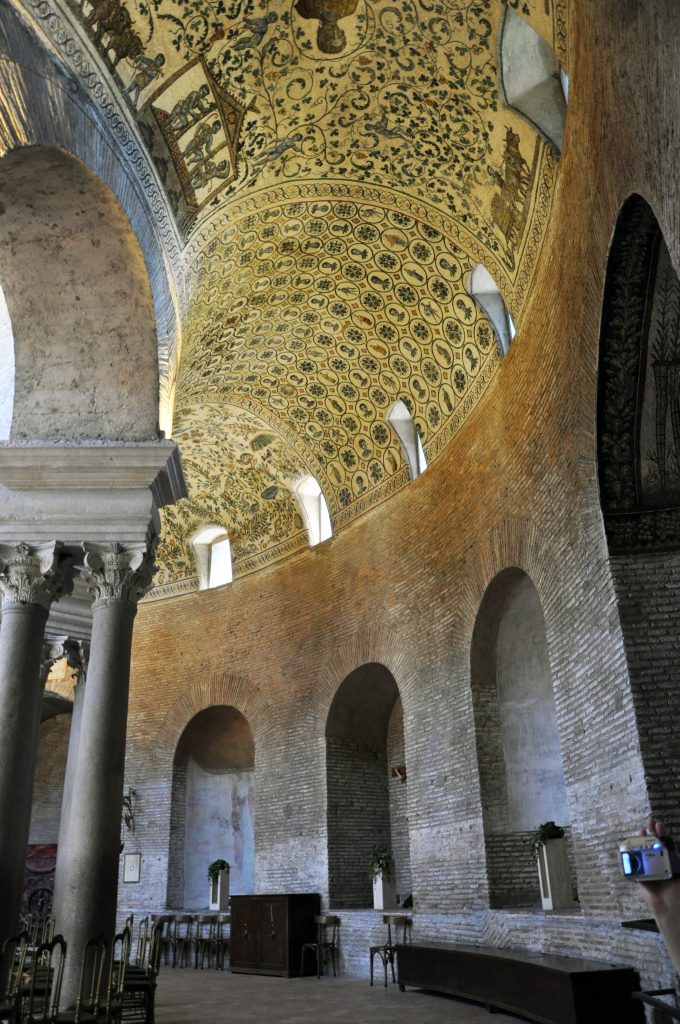Sightseeing with kids in Rome? The bad news: Because of their skew towards art, history, and archaeology, some of Rome’s sights can seem less than immediately child-friendly. The good news: There’s enough here to keep kids entertained and happy. If you do it right. Truly.
Here are some things to keep in mind if you’re sightseeing in Rome with children.
1) Make sure you don’t stand in any lines
Kids hate standing in line as much as adults do. They’re just (usually) worse at hiding it. So make sure you avoid the lines at the top sights. At the Colosseum, use a RomaPass or get your ticket at the Palatine or Forum entrance; at the Vatican, cough up the extra €4 (yes, per person) and book your Vatican museums tickets in advance.
2) Know the limits of thy stroller
I’ve said it before: Rome is a city best explored by walking. That might be fine if you have a super-energetic 10-year-old. But traveling with a toddler? You’ll definitely want a stroller.
Just bear in mind that Rome is a city of cobblestones and ruins. Translation: Any stroller you bring should have nice, sturdy wheels. It should also be light, because you’ll sometimes wind up having to fold it up and carry it—at the Colosseo metro stop, for example (there’s no elevator, just stairs), or at your B&B or hotel (many have tiny elevators, or sometimes no elevator at all).
Also keep in mind that you won’t always be able to use your stroller. They’re forbidden in St. Peter’s Basilica, for example (you can check them before you enter). So it might be a good idea to also bring a backpack child-carrier.
One thing not to worry about? Getting strollers on and off buses and public transportation. Yes, it can be daunting—but you’d be surprised at just how many strangers will help you with the task.
3) Hit up sights children will love
I promise that they exist. Some favorites:
Palazzo Valentini makes ancient Rome come alive in a way I haven’t seen in Rome before; because it’s very dark, which can scare little ones, it’s best for ages six and up.
I haven’t done this yet myself, but at Gladiator School, kids (and adults) can try their hand at being gladiators, donning their tunics and duking it out with foam swords. Talk about making history hands-on. Apparently, even toddlers can participate.
Exploring the “hidden” ancient ruins beneath Rome’s churches, like at San Nicola in Carcere or the Basilica of San Clemente, turns a church visit into an Indiana Jones-style adventure for older kids.
For children who like the creepier side of things, the catacombs are as spooky as they get. You’re lucky if you see a bone, though (most were cleaned out by relics-seekers and grave-robbers years ago), so for that, head to the Capuchin Crypts, where the walls and ceilings are decorated with bones and the actual bodies of the deceased on display.
The “Mouth of Truth” is pretty goofy—it’s a possibly-ancient marble image of a face that gained worldwide fame after Audrey Hepburn stuck her hand in in Roman Holiday. And there’s always a line in high season. But I know I dragged my dad there when I was 13.
These days, Piazza Navona is essentially a breathtaking tourist trap. But the square does buzz with street performers and caricaturists, making it a draw for families. And during Christmas season, it’s home to Rome’s most famous Christmas market.
5) Find the kid-friendly parts of more “adult” sights
Like at the Vatican museums. Which—let’s be honest—can be tough with kids: There aren’t many places to sit, eat, or go to the bathroom, and unless you sprint through the long halls, it’s tough to get in and out in less than two hours, minimum.
Given that, one part you don’t want to miss? The Egyptian section, which even displays a 3,000-year-old mummy with her hair and toenails still preserved. (Ew!).
6) But remember that (almost) anything can be made interesting to kids
I mean, yes, the finer points of Renaissance art are lost on most 6-year-olds. But there is always some way to bring it down to your child’s age level. (This is coming from someone who spent a childhood of being endlessly entertained in art galleries and historical museums. No, I’m not being sarcastic. And it’s due to my family, who seriously tried to always make sure I connected, somehow, with what I was looking at. Thanks, Mom!).
Case in point: Old Master paintings. Of saints. In a museum. Not something you’d assume was child-friendly. Right?
But maybe it can be. Maybe you can, say, find an art guide to the museum—a book in the bookstore, or even just the museum brochure—and your 7-year-old can try to find the “matches” of the images in the brochure with the paintings she sees on the wall.
Or maybe you and your 10-year-old can play a game of “name that saint,” since artists generally characterized different martyrs and saints in consistent ways (St. Jerome is usually old with a red hat and a lion nearby, St. Peter has the keys, St. Sebastian holds some arrows). Or maybe your 13-year-old will be intrigued by the gory stories of why the martyrs are depicted that way (St. Sebastian has arrows because… he was shot full of arrows during his martyrdrom!). Or maybe, if neither of you know, you can try to figure it out and retell what you think is going on in the painting.
Or maybe you just give your kid a sketchbook and your whole family spends 20 minutes sitting and drawing in front of a painting that catches your eye.
Seriously. You can make almost anything fun. And when all else fails, well, there’s always that coloring book/iPhone game you brought along.
7) Think about taking a family-friendly tour
Telling stories about saints and martyrs is a lot easier when you know the stories. Oh, you don’t?
That’s when a tour guide comes in handy.
A great, enthusiastic tour guide can bring art and sights to life, for both adults and kids. In Rome, one sights where I think that’s an especially valuable option is the “ancient city,” i.e. the Colosseum Palatine and Forum. After all, there’s so much storytelling potential here: The history of these sights is full of blood and gore, treachery and romance, pagan rituals and horrible punishments. And (did I mention?) it’s all true!
But if you don’t know the stories yourself, or if you have a dry audioguide, or guidebook, or tour guide, then all of that gets lost. And that’s a shame. So no matter what tour company you go with, just make sure their guides get top points for being exciting and enthusiastic.
I promise that after you’ve had a guide bring the ruins to life, your child will be psyched for the “ancient Rome” unit in school.
Another tour I’ve come across that’s perfect for kids is Walks of Italy’s Rome food tour with pizza-making class and gelato. Yes, these are the guys I used to blog for; they’re also the only tour company that offers a Rome food tour that includes not only tons of tastings and a market visit, but a hands-on pizza-making class. Pretty fun, especially for children.
8) Don’t discount Rome’s parks
Rome’s parks offer, obviously, green space for kids to run around (or rest) in. And (bonus!) they often sneak in “cultural sites,” like ancient ruins or Renaissance villas, too.
If you’re near the Colosseum, for example, considering taking a rest or a picnic in the Villa Celimontana, a 16th-century estate turned public park that’s strewn with the remnants of ancient temples and palaces, including columns, statues and a temple altar. There’s even an ancient Egyptian obelisk inscribed to Ramses II from the 13th century B.C.
Near the Spanish Steps and Piazza del Popolo? Head to the Villa Borghese, Rome’s answer to Central Park. It has fantastic museums, but also fountains, a (small) pond where you can rent boats, lots of shade, and the opportunity to rent those funny pedi-cabs you can pedal around the park. In Trastevere, the Villa Pamphili has plenty of space for little ones to run around.
Farther out, the Appian Way is a park where you can rent bicycles and bike along the 2,300-year-old Roman road, checking out spooky catacombs along the way. And the Park of the Aqueducts is a cool glimpse of how ancient Romans brought water into the city.






















